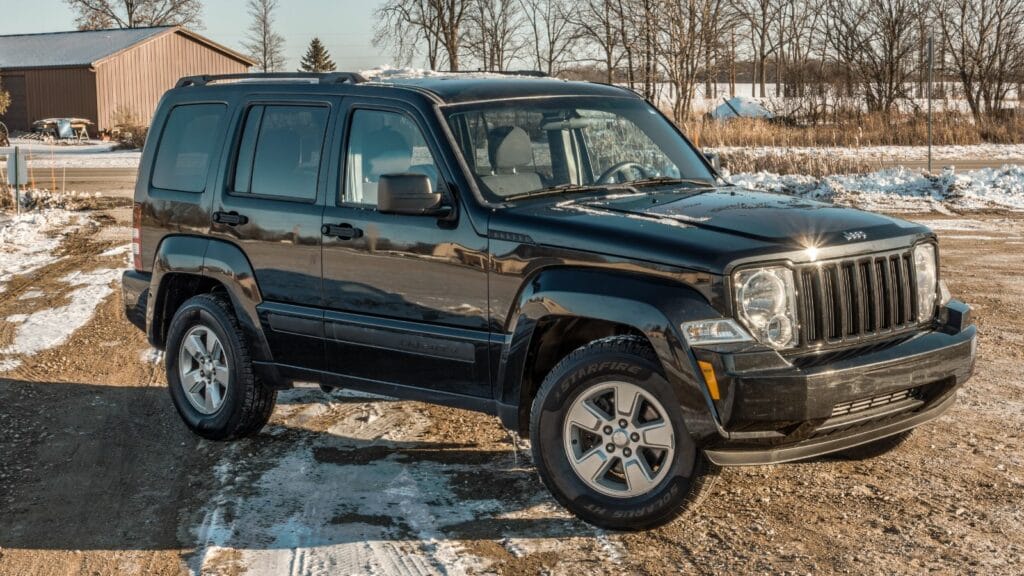Most drivers hope their car will serve them well for at least a decade or two, racking up the miles without too much drama. Yet there are models that seem destined to bow out early, with mechanical gremlins, design flaws, or expensive repairs pushing them into early retirement. From chronic engine failures to transmissions that wave the white flag before they should, these 20 cars are infamous for struggling to hit the 100,000-mile milestone.
Chrysler Sebring (1995–2010)
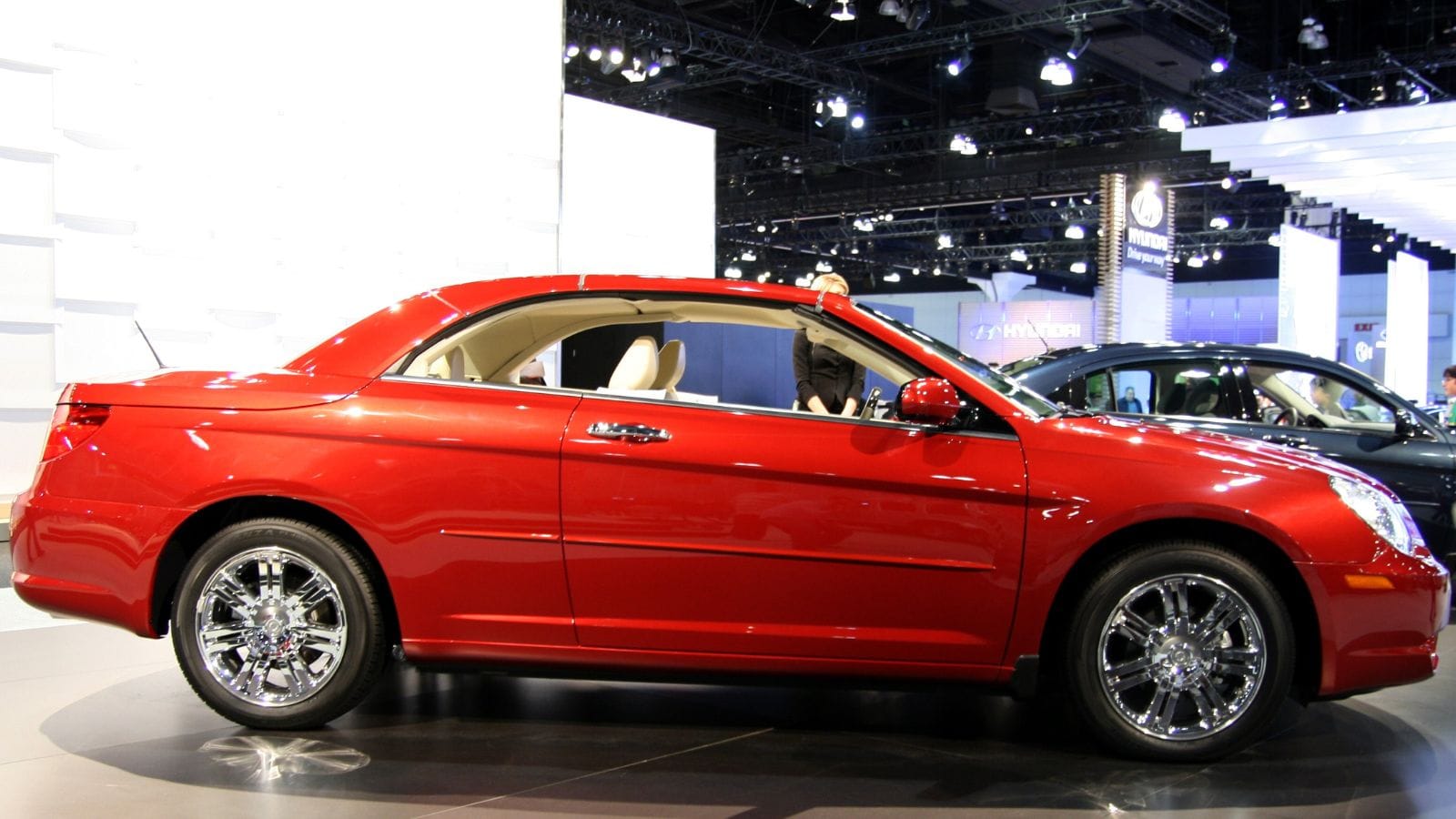
The Sebring’s reputation for mediocrity wasn’t just about looks. Its automatic transmissions were notoriously fragile, often needing replacement before the 90K mark. The 2.7-liter V6’s tendency for oil sludge buildup caused premature engine death, especially for drivers who missed a few oil changes. Even cosmetic elements aged badly, with interiors that cracked and faded years before their time.
Dodge Journey (2009–2020)
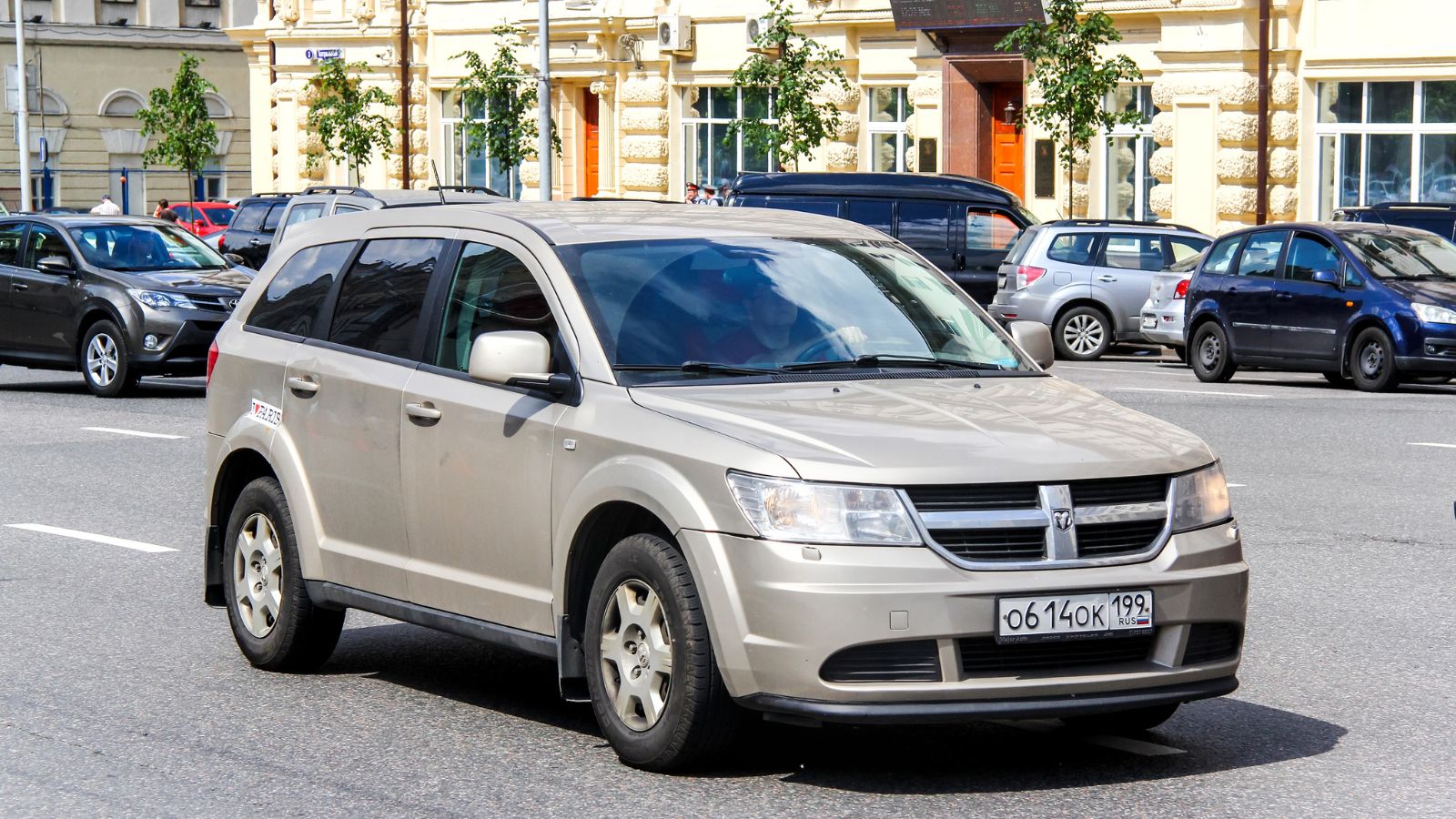
Marketed as a versatile family SUV, the Journey fell flat in long-term reliability. Owners often faced failing brakes every 20,000 miles, air conditioning units that mysteriously quit, and transmissions that needed major repairs before the odometer reached 100K. Its relatively low purchase price was tempting, but the cost of keeping one alive was enough to make many owners trade them in early.
Mini Cooper (2002–2006)
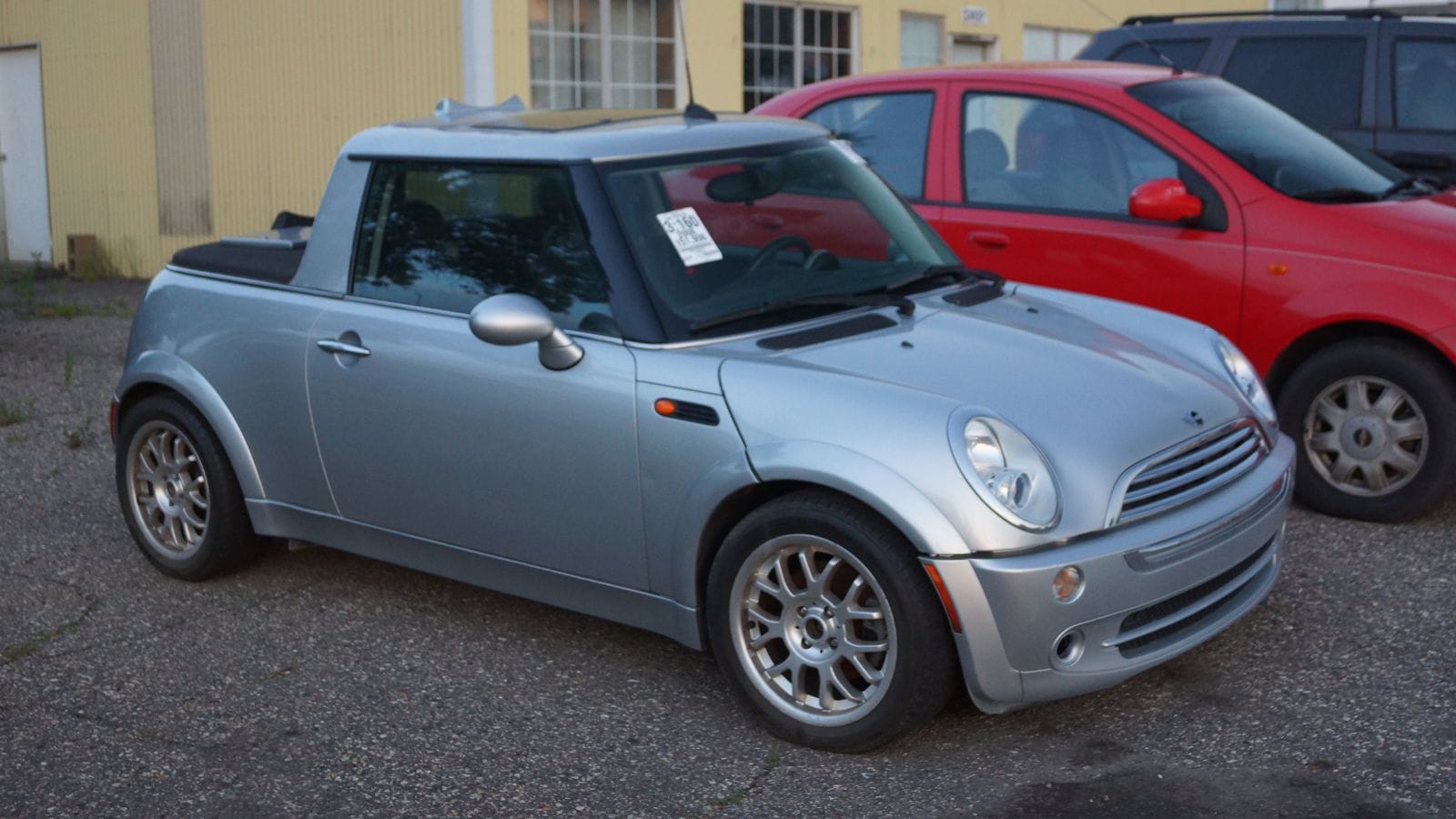
The early BMW-era Minis were charming and nimble, but their reliability was closer to that of a temperamental vintage car. Power steering pumps, clutches, and gearboxes were common failure points. On top of that, oil leaks were almost guaranteed by the time you hit 60K miles, turning these cute hatchbacks into costly projects.
Cadillac Catera (1997–2001)
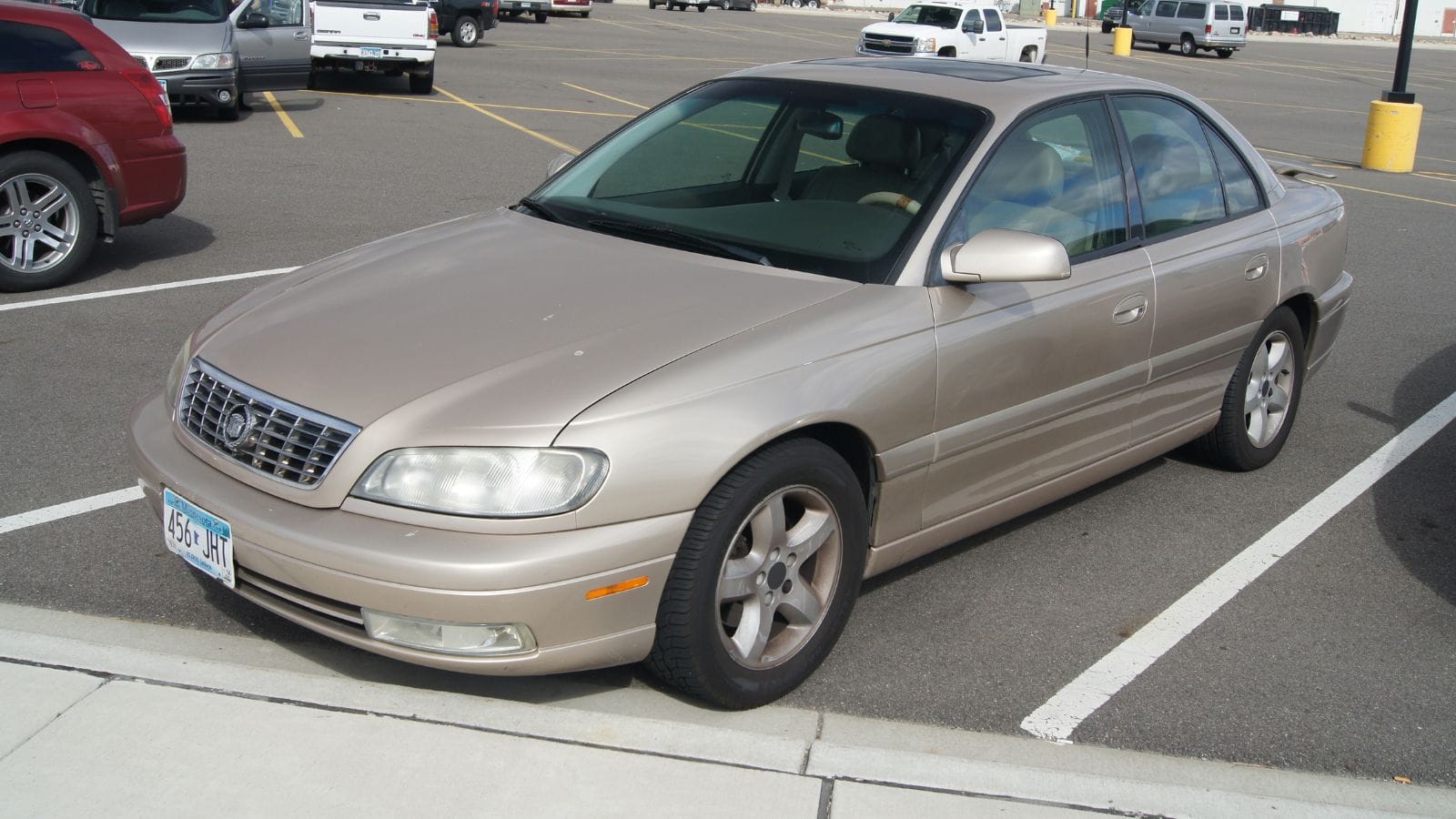
GM hoped to lure younger buyers with this European-built Caddy, but instead it delivered one of the brand’s shortest-lived models. Its 3.0-liter V6 had a bad habit of blowing head gaskets, while transmissions frequently failed without warning. The electrical system was another weak link, leading to climate control and dashboard malfunctions.
Volkswagen Passat (1999–2005)

The 1.8T engine was known for producing decent power and smooth driving, but oil sludge issues could kill it well before 100K if owners weren’t meticulous about maintenance. The automatic transmissions were equally prone to early failure, and electrical problems meant many Passats saw the junkyard far sooner than their owners had hoped.
Jeep Liberty (2002–2012)
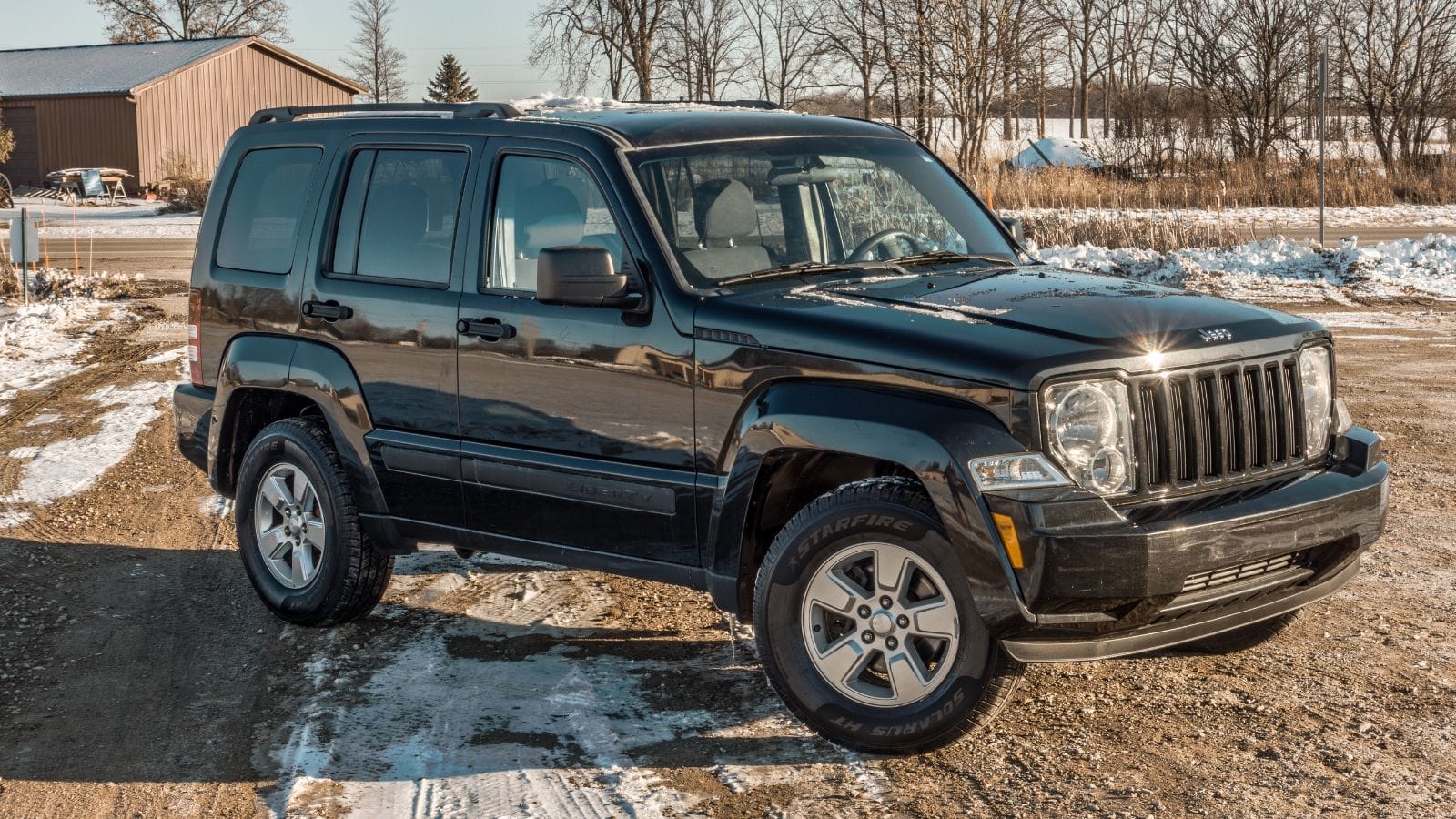
Despite the rugged marketing, the Liberty was mechanically fragile. The 3.7-liter V6 was infamous for dropped valves that could destroy the engine. Rust in northern climates didn’t help, and suspension components wore out far faster than they should have for an SUV claiming off-road capability.
Ford Fiesta (2011–2019)
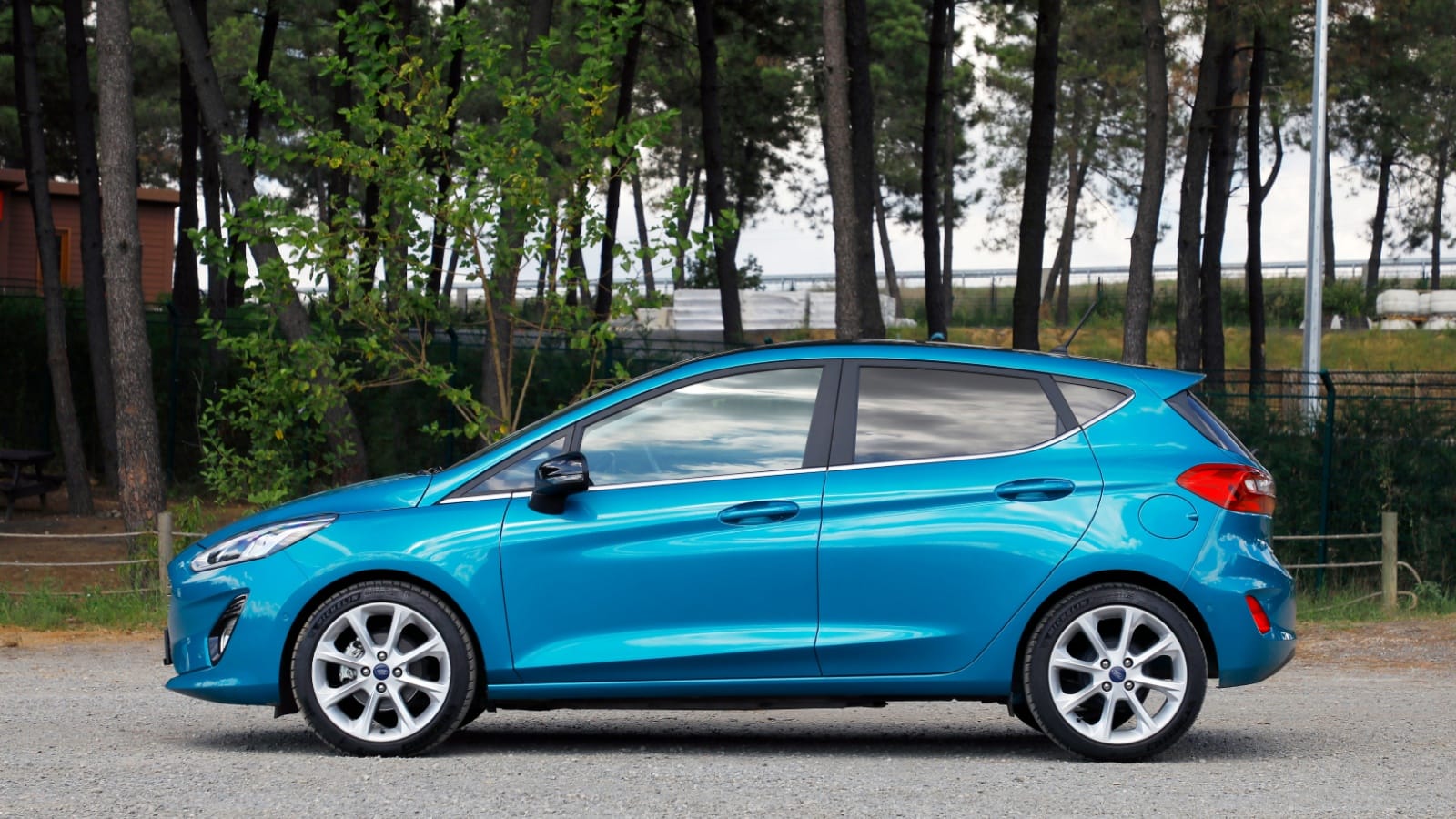
Fuel-efficient and city-friendly, the Fiesta’s fatal flaw was its PowerShift transmission. The dual-clutch unit shuddered, slipped, and often failed completely before 80K miles, with replacement costs high enough to make owners walk away. Lawsuits and extended warranties helped some, but many cars were simply parked or sold cheap.
Mercedes-Benz M-Class (1998–2005)
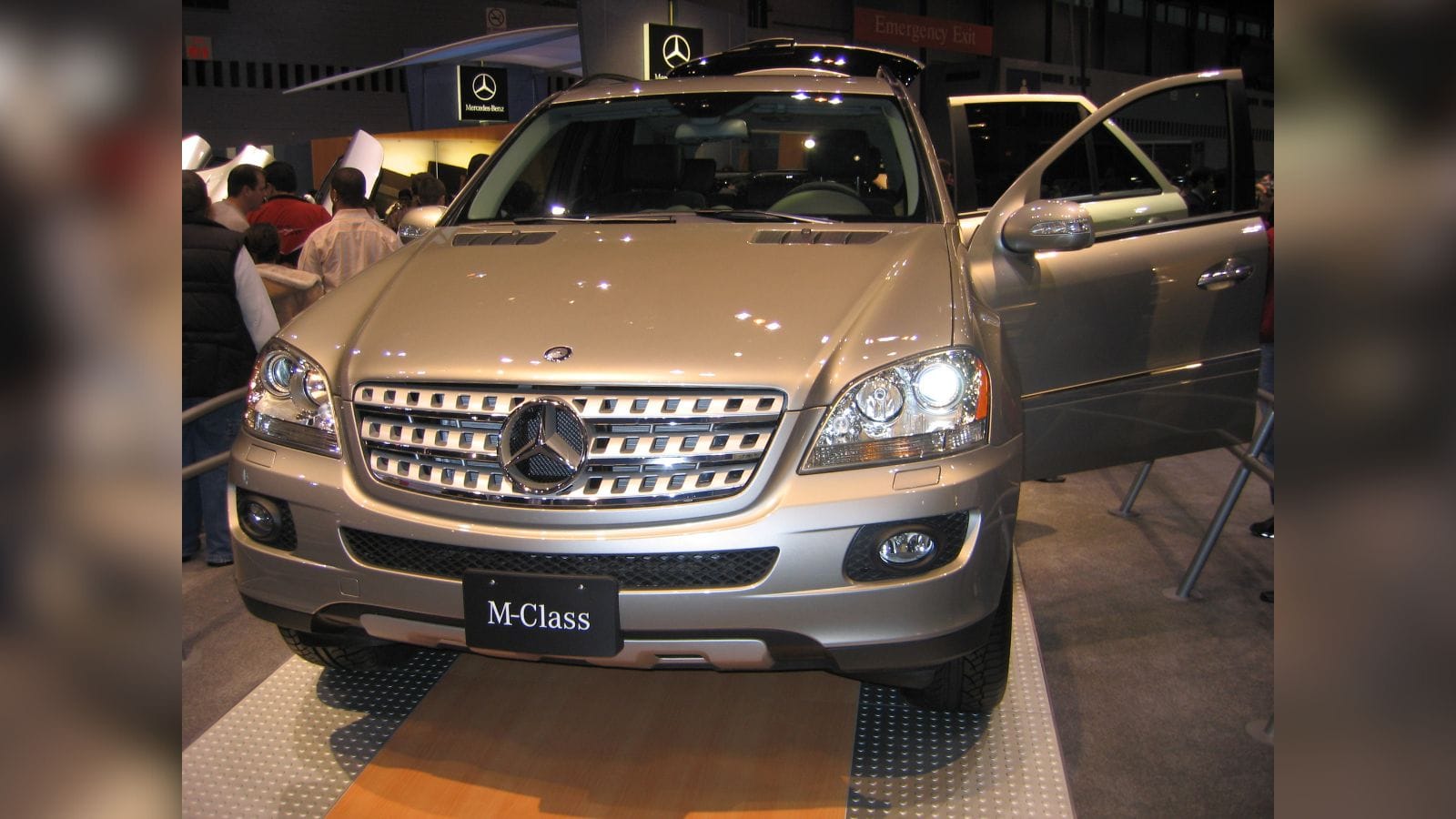
The first M-Class was supposed to show that Mercedes could build a true SUV. Instead, it showed that even premium brands could get it wrong. Electrical systems were plagued with faults, suspension bushings wore rapidly, and the transmissions were fragile. Combine that with early rust issues, and many were gone before reaching serious mileage.
Smart Fortwo (2008–2015)
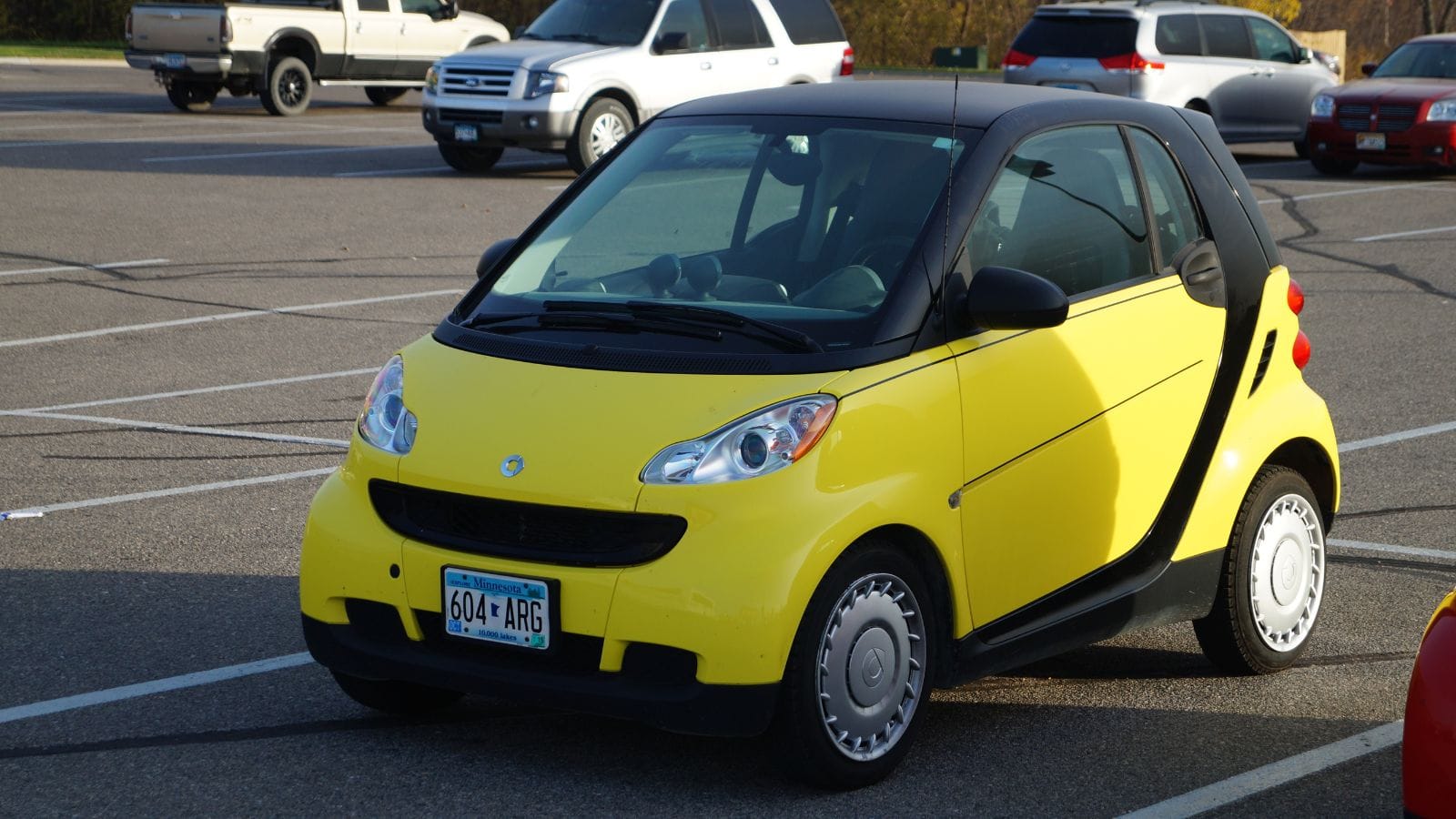
Perfect for urban parking spots, the Smart Fortwo was less perfect for longevity. The jerky automated manual transmission often failed, and the tiny engines could develop big problems—especially in stop-and-go traffic where heat buildup caused damage. Repair bills quickly eclipsed resale value, so many were scrapped early.
Land Rover Freelander (2002–2005)

The Freelander’s short life in North America was plagued with mechanical disasters. The 2.5-liter V6 suffered from cooling system failures that led to blown head gaskets, while the transmission and transfer case were equally prone to expensive breakdowns. Most never even came close to the 100K milestone.
Pontiac Aztek (2001–2005)
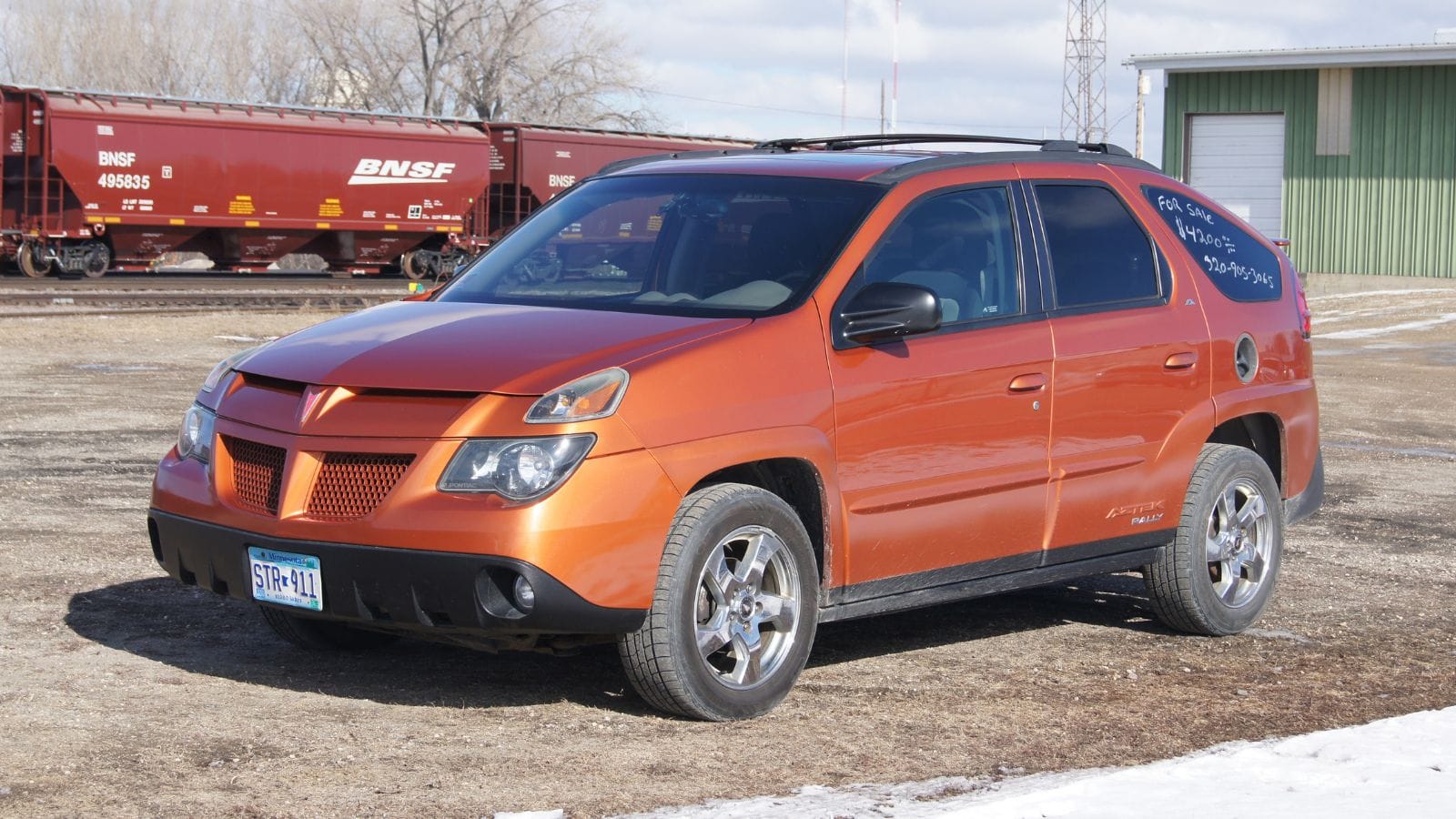
The Aztek’s divisive design overshadowed just how unreliable it was. Transmission issues and coolant leaks from the intake manifold gasket often ended their usable life prematurely. The few that survived have cult status, but they’re rare not because of demand—rather because so few stayed roadworthy.
Hyundai Tucson (2005–2009)

Early Tucsons were functional but mechanically inconsistent. Transmission failures, especially in AWD models, were common before 100K. Electrical issues could knock out vital systems, and rust took hold faster than buyers expected in winter climates. Later models vastly improved, but these early ones were money pits.
Saturn Vue V6 (2002–2004)
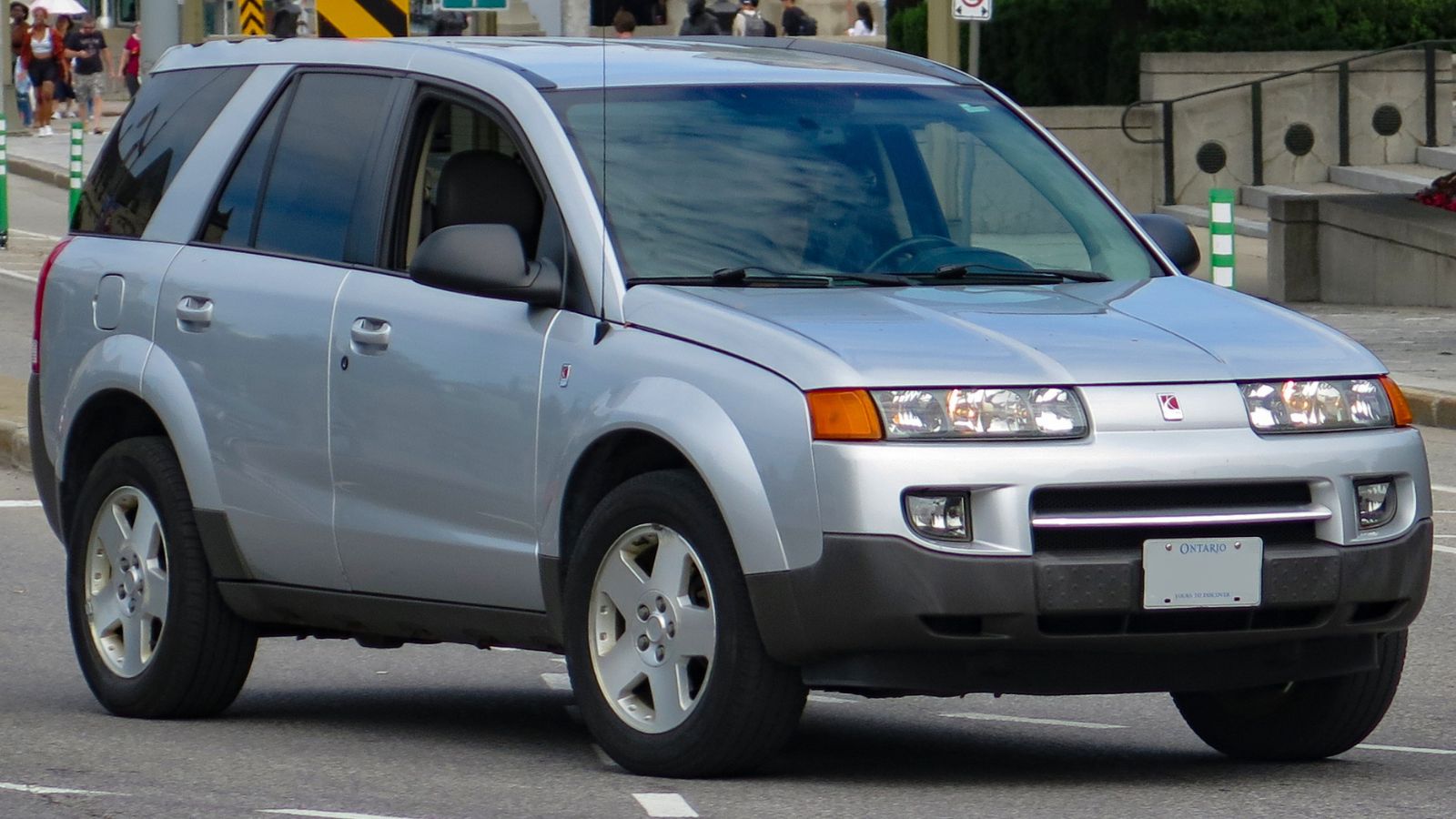
The VTi continuously variable transmission was the Vue’s Achilles’ heel. It failed with alarming regularity, and with Saturn’s eventual closure, finding parts became harder and more expensive. Many owners gave up long before the odometer reached six figures.
Fiat 500 (2012–2019)
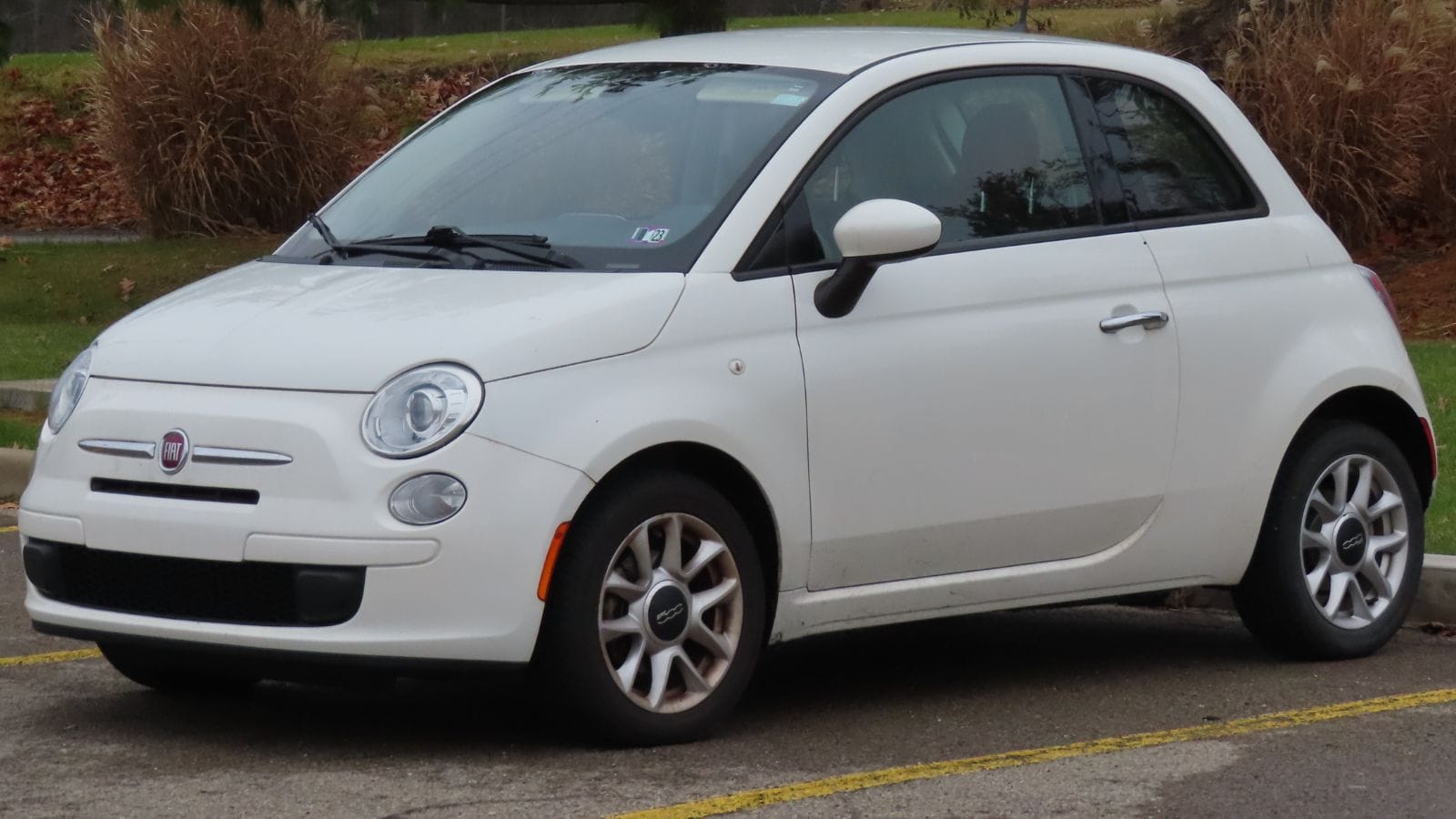
Fun and fashionable, the Fiat 500 wasn’t built for the long haul. Automatic transmissions, especially in the earlier models, were prone to costly failure. Electrical gremlins and premature interior wear made them high-maintenance city cars. Manual transmission versions were better but still far from bulletproof.
Mitsubishi Eclipse (2000–2005)
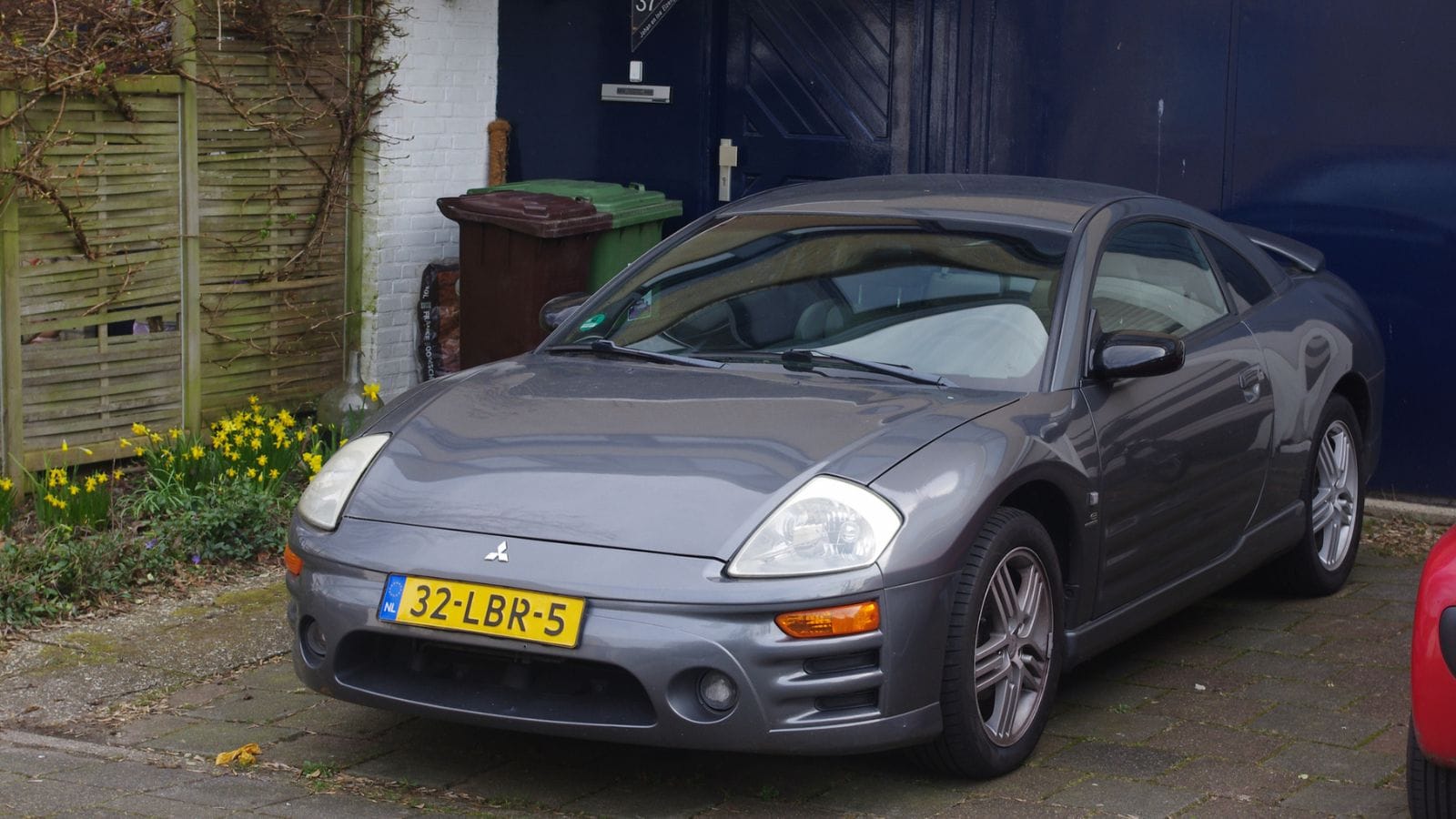
These later Eclipses traded their early sporty feel for a heavier, less engaging setup—and reliability dropped too. V6 engines and automatic transmissions frequently required major repairs before 100K, while the interiors suffered from fading and cracking plastics that made them feel older than they were.
Chevy Aveo (2004–2011)

Built to a price, the Aveo delivered economy at the expense of durability. Timing belt failures, weak transmissions, and poor rust protection meant that many ended up in salvage yards before crossing the 100K threshold. It’s now more common to see them as parts donors than daily drivers.
Suzuki XL7 (2002–2006)
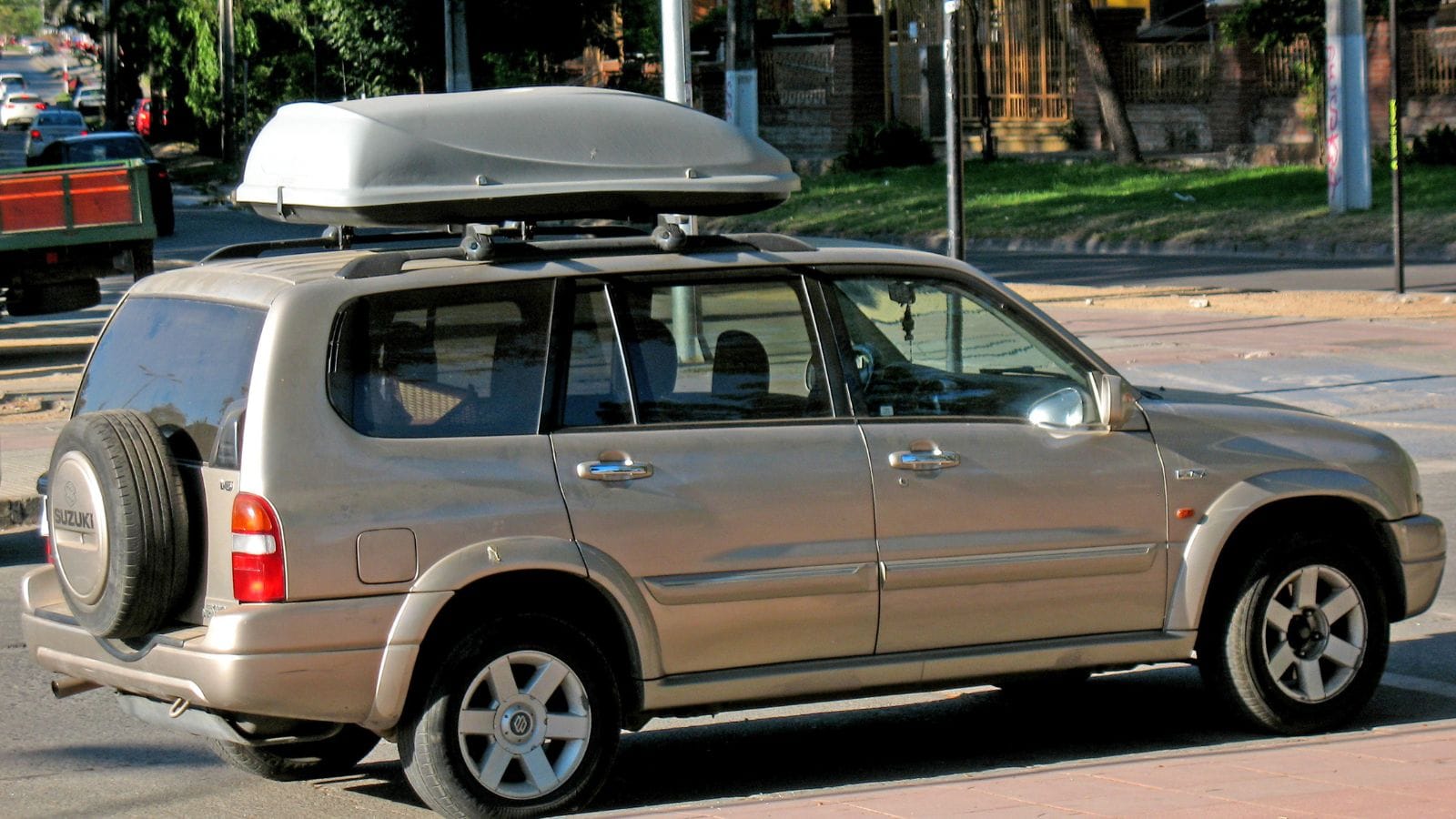
A mid-size SUV with grand ambitions, the XL7’s build quality was far from stellar. Transmission problems and timing chain issues plagued the V6 engines, and since Suzuki left the North American market, support has been limited—making repairs costly and impractical.
Dodge Neon (1995–2005)
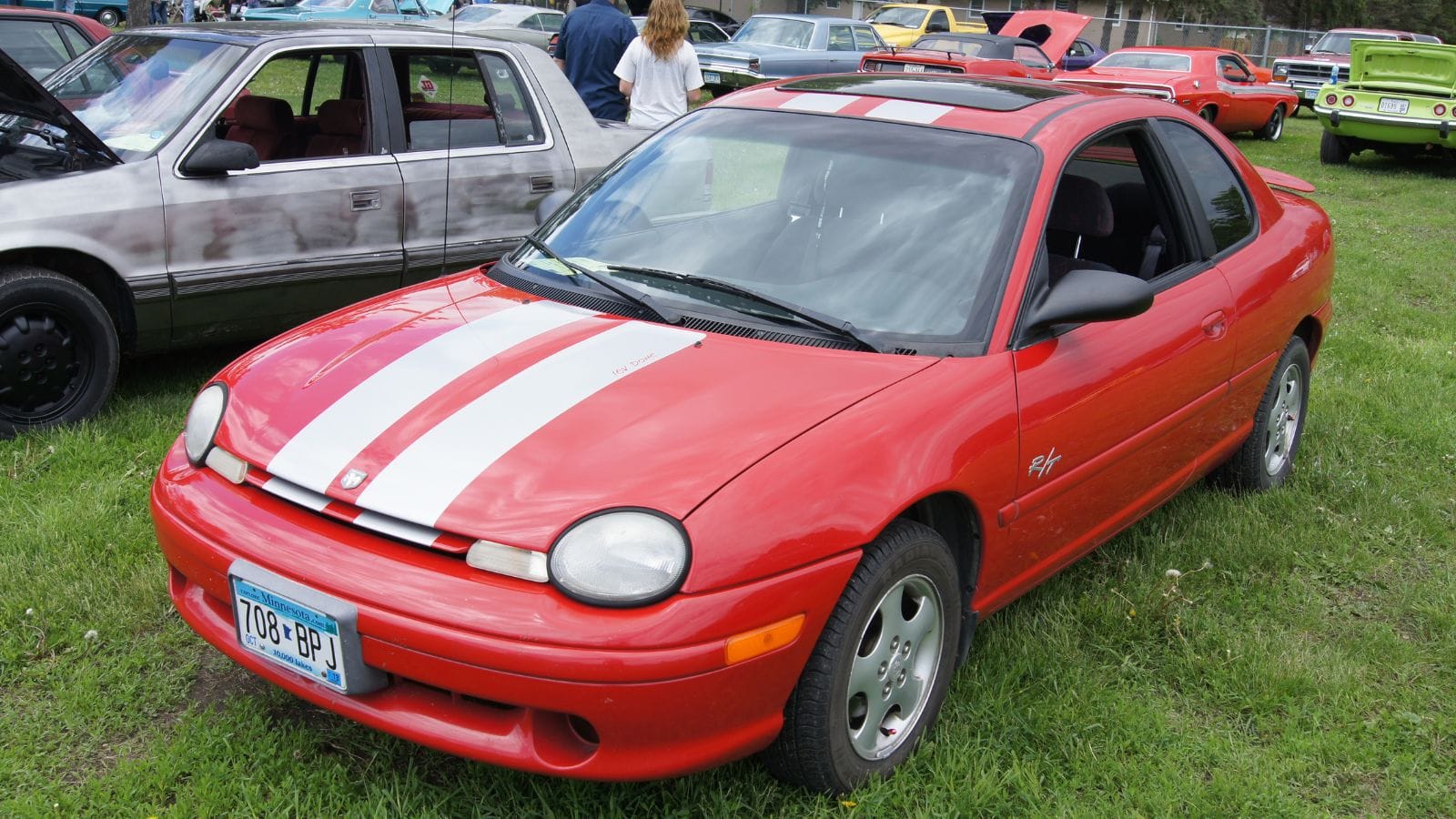
Neons were fun and peppy when new, but head gasket failures were almost a rite of passage. Combined with failing transmissions and interiors that fell apart quickly, many owners found it easier to move on than to invest in repairs once trouble started.
BMW 7 Series (2002–2008)
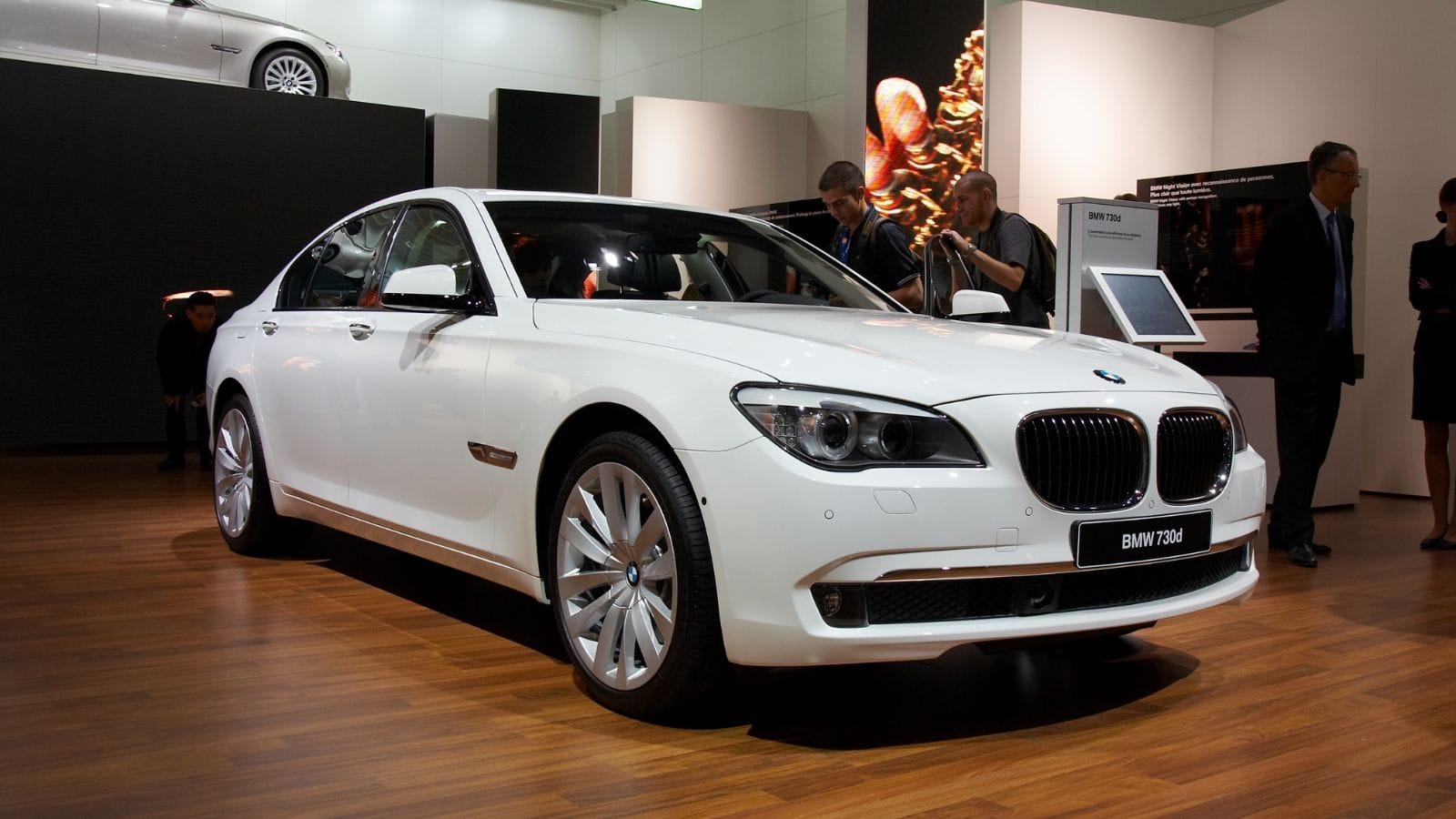
The E65 7 Series was a technological marvel for its time, but complexity came at a cost. The electronics were temperamental, the air suspension failed frequently, and even simple repairs could run into thousands of dollars. Many ended up abandoned when they became too expensive to keep roadworthy.
Chrysler PT Cruiser (2001–2010)
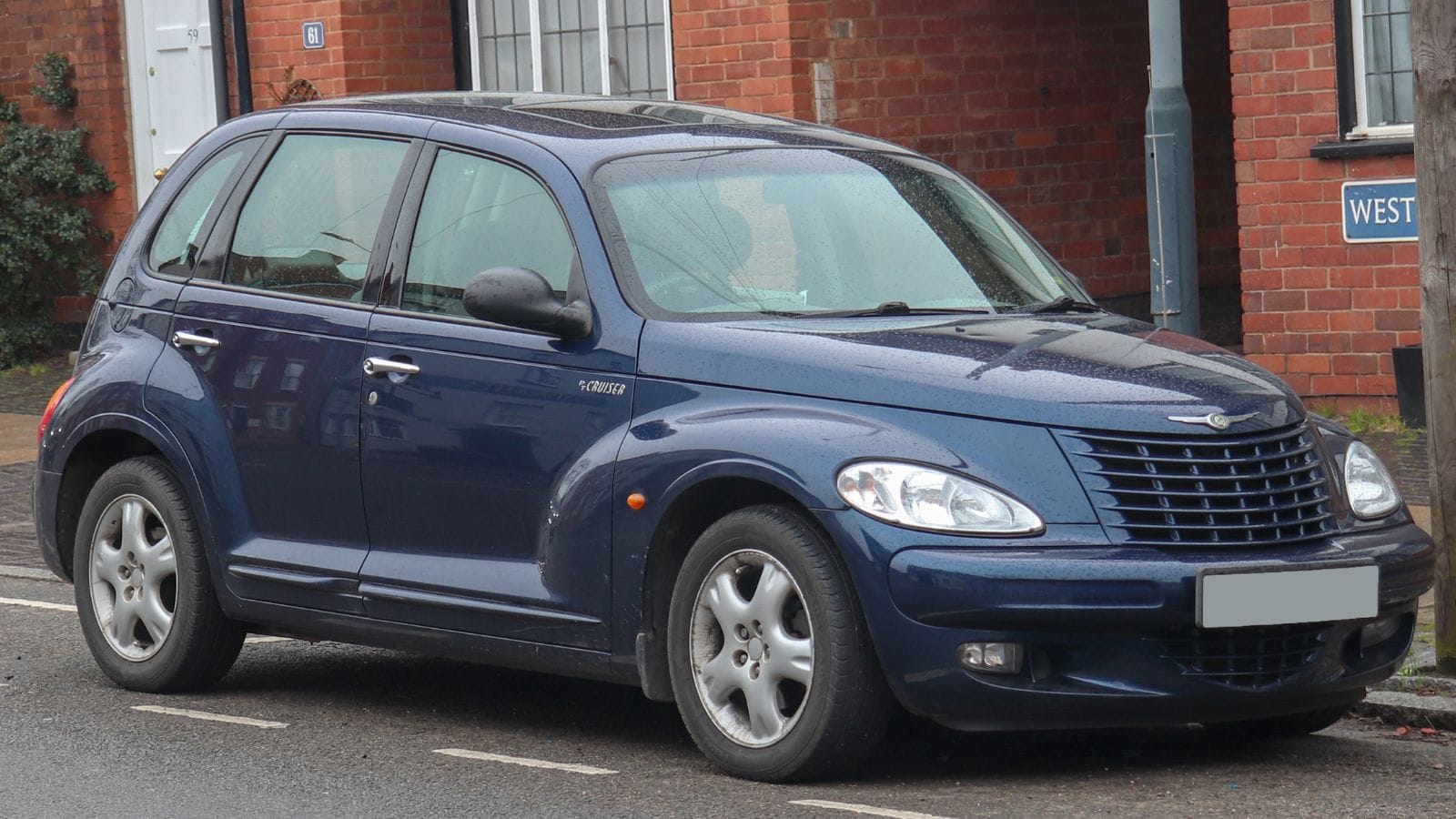
While quirky in appearance, the PT Cruiser’s mechanical reputation was anything but charming. Engine failures, transmission breakdowns, and an endless string of small repairs meant few owners kept them long enough to reach the 100K milestone.
25 Facts About Car Loans That Most Drivers Don’t Realize

Car loans are one of the most common ways people fund car purchases. Like any other kind of loan, car loans can have certain features that can be regarded as an advantage or a disadvantage to the borrower. Understanding all essential facts about car loans and how they work to ensure that you get the best deal for your financial situation is essential. Here are 25 shocking facts about car loans that most drivers don’t realize:
25 Facts About Car Loans That Most Drivers Don’t Realize
